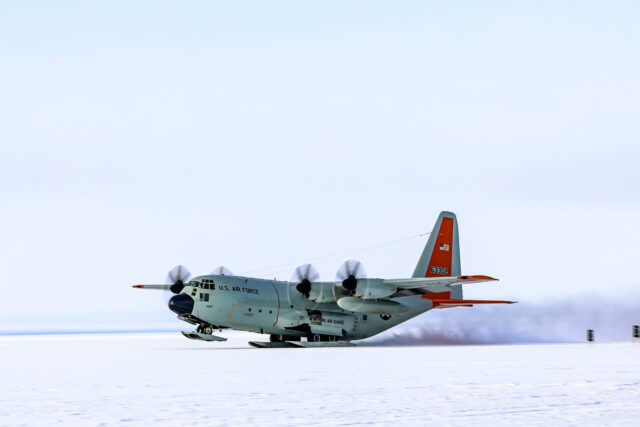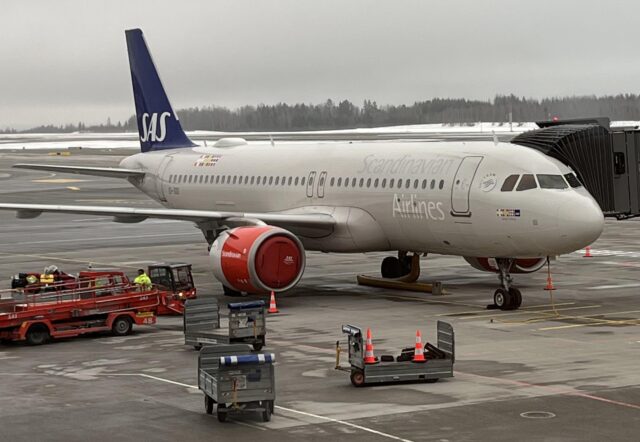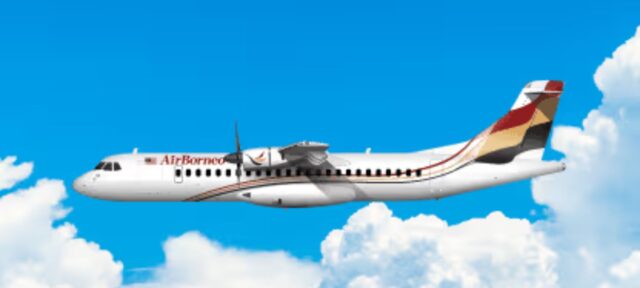Amelia: The AI platform reshaping how airlines train pilots

October 18, 2025

A new artificial intelligence platform is redefining how airlines and flight schools train and assess pilots.
Developed by The Airline Pilot Club (APC), Amelia is designed to bring a new level of precision, consistency and data-driven insight to pilot training – bridging the gap between traditional instruction and the next generation of competency-based and evidence-based training (CBTA and EBT).
Amelia: the AI training platform
Cedric Paillard, CEO of APC, describes Amelia as a “competency management system” – a missing link between the learning management and training management systems already in use across the industry.
“If the training management system is your where and who, and your LMS is the what, then Amelia becomes the how and how well you’re doing it,” Paillard explains to AGN.

At its core, Amelia uses a combination of machine learning and generative AI to capture, analyse and interpret training data from a wide range of sources.
It automatically maps training events – from full six-hour simulator sessions to short thirty-minute exercises – against measurable pilot competencies and observable behaviours.
Instructor feedback, audio recordings, and soon even simulator data are integrated into one platform, giving training organisations a complete, real-time picture of pilot performance.
Objective grading in a subjective training environment
What makes the system distinctive is its emphasis on consistent, objective grading.
“Amelia always does it the same way,” Paillard tells AGN. “It supports instructors, examiners and heads of training in implementing the EBT and CBTA frameworks properly.”
The platform’s native audio-video analysis tool goes beyond transcription, analysing tone, rhythm and texture to preserve the nuances of cockpit communication.
Several airlines and flight schools – including several in Europe and North America – are already using Amelia, with further announcements expected later this year.
Paillard says the early response has been overwhelmingly positive. By automating data capture and analysis, airlines can accelerate years of preparatory work normally needed to implement EBT programmes, while reducing their reliance on specialist data analysts.

From a regulatory and technical standpoint, the system has been built for compliance.
Amelia is fully aligned with the EU AI Act, GDPR and aviation-specific data standards.
It’s also an enterprise-grade platform, built to operate within the stringent safety and oversight requirements of airline training environments.
How Amelia could offer big savings for airlines and ATOs
The operational impact could be significant. Paillard says the tool could cut instructor administration time by 30%, reduce grading variance by 40%, and potentially halve remedial training failure rates.
For airlines, that translates into measurable efficiency gains – potentially reducing the average pilot’s annual recurrent training time from four days to three.
The technology, however, is not designed to replace human instructors.
“Their job is now being enhanced,” Paillard stresses.
“Instructors can focus entirely on the student, on safety, and on training quality.”
The transition does require change management and retraining, but Paillard says most instructors quickly see the value once they understand how the AI supports rather than supplants their expertise.
Plans for a unified training and safety ecosystem
Looking ahead, APC plans to integrate Amelia more deeply into wider aviation systems, creating a fully unified training and safety ecosystem.
“Next year, we’re looking at a fully integrated system that combines flight data management, safety systems, recruitment, and learning management,” Paillard says.
The roadmap also includes virtual instructors, augmented and virtual reality training environments.
As AI, quantum computing and next-generation communications such as 6G continue to converge, Paillard believes aviation training will change faster than most expect.

“Six months ago, many things seemed impossible,” he reflects. “The pace is incredible.”
For airlines under pressure to train more pilots safely and efficiently, Amelia may offer a glimpse of that future – one where technology enhances human judgement, data drives every decision, and the cockpit classroom becomes smarter, more adaptive, and more connected.
Featured image: APC
















